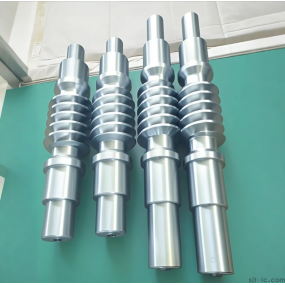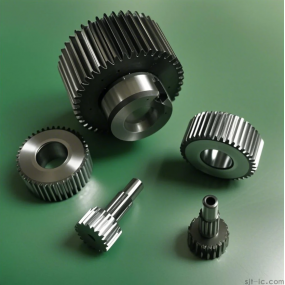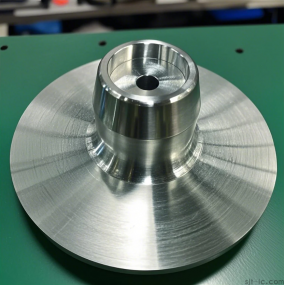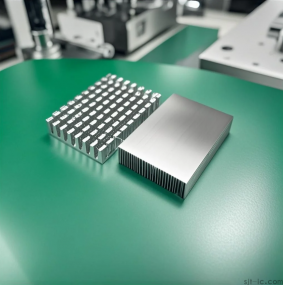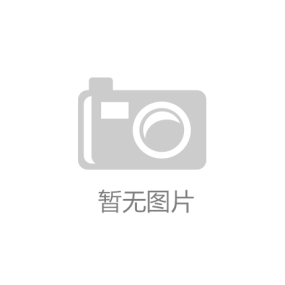The surface polishing of semiconductor parts processing is a crucial step that directly affects the quality and performance of the parts. When performing surface polishing, attention should be paid to the following aspects: 1. Polishing time and depth control: Excessive polishing may damage the performance of the part, so it is necessary to strictly control the polishing time and depth to ensure that the polishing degree is moderate, achieving the requirement of smooth surface without damaging the internal structure of the part. The selection and quality of polishing solution: The selection and quality of polishing solution directly affect the polishing effect. It is necessary to choose a polishing solution that is suitable for the characteristics of semiconductor materials, and strictly control the formula and purity of the polishing solution to avoid impurities from contaminating or damaging the surface of the parts. 3. Temperature and pressure control: It is necessary to maintain a constant temperature and pressure during the polishing process to ensure the stability of polishing quality. Excessive or insufficient temperature may affect the polishing effect, while uneven pressure may cause scratches or unevenness on the surface of the parts. 4. Electrostatic protection: Semiconductor materials are sensitive to static electricity, so it is necessary to protect the parts from static electricity during the polishing process to prevent damage caused by static electricity. This includes using anti-static equipment and tools, as well as maintaining appropriate humidity and temperature in the work environment. 5. Cleaning and Inspection: After polishing, the parts need to be thoroughly cleaned and inspected to ensure that there are no residual polishing solution and contaminants on the surface of the parts. Appropriate cleaning agents and methods should be used during cleaning to avoid secondary contamination of the parts. At the same time, it is necessary to carefully inspect the surface of the parts using tools such as microscopes to ensure that there are no defects such as scratches or pits.
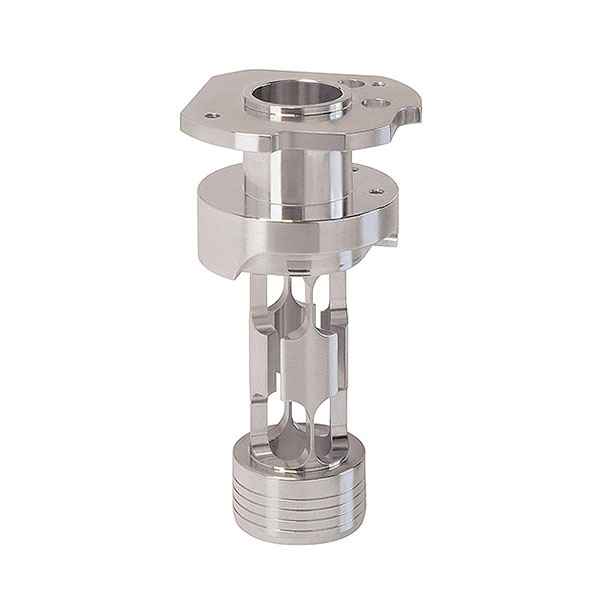


 Spanish
Spanish Arabic
Arabic French
French Portuguese
Portuguese Belarusian
Belarusian Japanese
Japanese Russian
Russian Malay
Malay Icelandic
Icelandic Bulgarian
Bulgarian Azerbaijani
Azerbaijani Estonian
Estonian Irish
Irish Polish
Polish Persian
Persian Boolean
Boolean Danish
Danish German
German Filipino
Filipino Finnish
Finnish Korean
Korean Dutch
Dutch Galician
Galician Catalan
Catalan Czech
Czech Croatian
Croatian Latin
Latin Latvian
Latvian Romanian
Romanian Maltese
Maltese Macedonian
Macedonian Norwegian
Norwegian Swedish
Swedish Serbian
Serbian Slovak
Slovak Slovenian
Slovenian Swahili
Swahili Thai
Thai Turkish
Turkish Welsh
Welsh Urdu
Urdu Ukrainian
Ukrainian Greek
Greek Hungarian
Hungarian Italian
Italian Yiddish
Yiddish Indonesian
Indonesian Vietnamese
Vietnamese Haitian Creole
Haitian Creole Spanish Basque
Spanish Basque

